The Importance of White Balance Setting in Digital Cameras
White Balance setting only exist in digital camera. Any digital camera has this setting, be it a camera phone, Point & Shoot compact or DSLR. Digital cameras rely on its metering sensor to adjust the White Balance for its image processing engine to process colours of an image based on the white point. Why adjusting White Balance is so important to photographer? Why does it need to be adjusted?
In order to understand why DSLR needs to adjust its White Balance (WB), we need to understand lighting. Different lighting has its own colour temperature and they are all different in colour. For instance, Skylight is blue and candle light is yellow. Colour temperature of lights is measured on a scale of degrees Kelvin (K). Scientists use the kelvin scale to measure the amount of light a bar of metal emits when heated. A metal bar heated to 1,000k will emit the same amount of light as a burning candle. If the bar is heated to 3,000k it glows as bright as a household lightbulb. If we crank it up to 6,000k you’re getting close to the amount of light produced by a hotshoe mounted flash. As photographers, we deal with colour temperatures that fall roughly between 2,000k (a sunset) and 11,000k (pure blue sky). The light at noon, when the sun is directly overhead, will have a temperature of about 5,500k and is considered to be ‘colourless’ (it is also widely considered to be harsh and useless because it’s coming straight down through the atmosphere at right angles, with nothing to diffuse it). The light on a hazy day has a temperature of about 8,000K. At sunset the numbers are generally between 2,000k and 3,000k, and the light from a flash is colour balanced to 6,000k. Cooler light (lower kelvin numbers) will result in a redder image, and hotter light (higher kelvin numbers) will give us an image with bluer tones overall. This might seem odd at first, as we often associate blue with cool, and red with hot. But, remember, a blue flame is actually hotter than a red flame, as anyone who has lit a cigar off a bunsen-burner will attest.
So now we know all lighting carry their own colours. Photographers need to know the approximate colour temperature of the available light so that we can adjust the white balance right on our cameras. Our amazing eyes are constantly adjusting to the ambient light, so that white always looks white. Our camera, on the other hand, is bog stupid. It needs to be told, or allowed to guess, the temperature of the light when the shutter button is pushed. We’re trying to get your camera to see what your eyeball is seeing.
Our camera, while bog stupid, is, nonetheless, a sophisticated piece of color sensing circuitry that usually comes close to estimating the actual colour temperature of the scene. Leaving its white balance (WB) set to auto (AWB) is still a good option if everything mentioned above sound confusing. A light meter could also save our brain. If you shoot RAW you can set and even change the colour temperature when you sit down at home to edit your images. It affords you the luxury of concentrating on other things, like composition and exposure metering of shots.
White Balance setting is an intrinsic step in image processing of a DSLR to produce colours. How close a DSLR can adjust WB to resemble colours that we see in any particular lighting depends much on its light sensor ability. More advanced DSLR normally would have equipped with more advanced RGB metering sensor that could estimate the actual colour temperature of a scene more accurately, like the new Nikon D7000 with its new 2,016-pixel RGB sensor.
To understand better in how White Balance setting could dramatically change the colour of your image, and to see how Nikon D7000 performs in estimating colour temperature of a rather ‘difficult’ lighting condition, I include here an array of images of a tree trunk under shade, shot with different WB setting in-camera…

Manual WB set to 5000K. This is exactly what I saw in actual scene
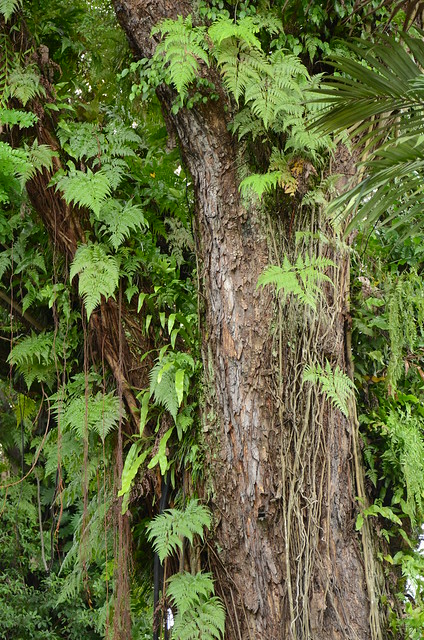
Pre-set Daylight WB. The closest to the actual that I can get from Nikon D7000 in-camera pre-set WB.
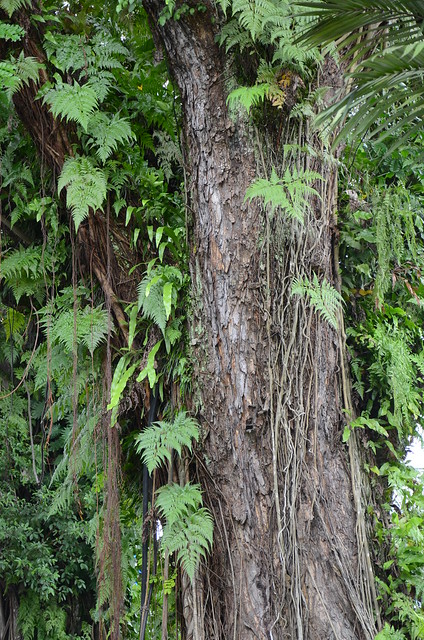
Auto WB. The AWB adjusted the image to be more bluish than actual under shade lighting condition.
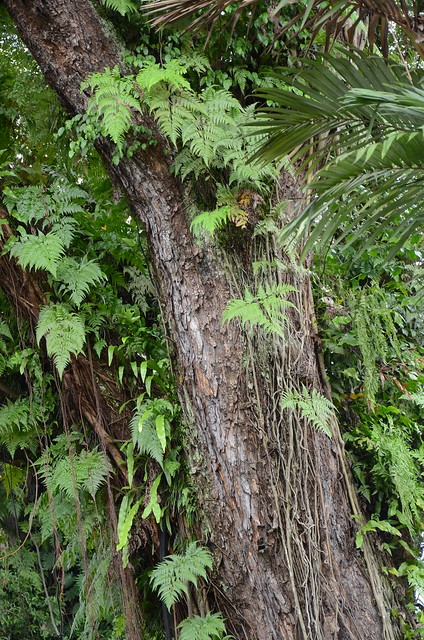
With slight adjustment to +A3 of Auto WB, the image colour is now close enough to what I saw in actual.
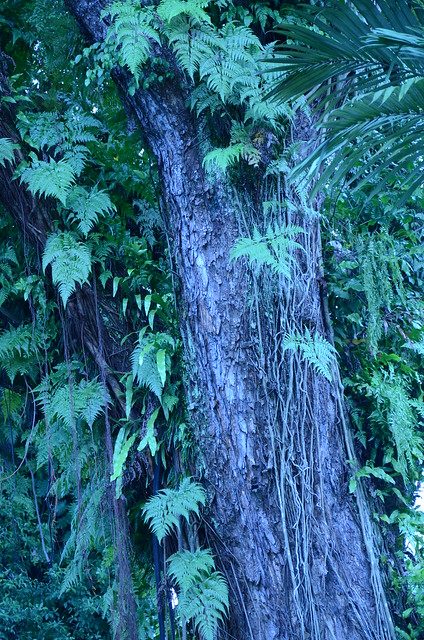
Manual WB set to 2700 Kelvin (similar to Pre-set Tungsten WB). Something to the extreme where D7000 was told the scene has very low colour temperature that lit up with only a candle.
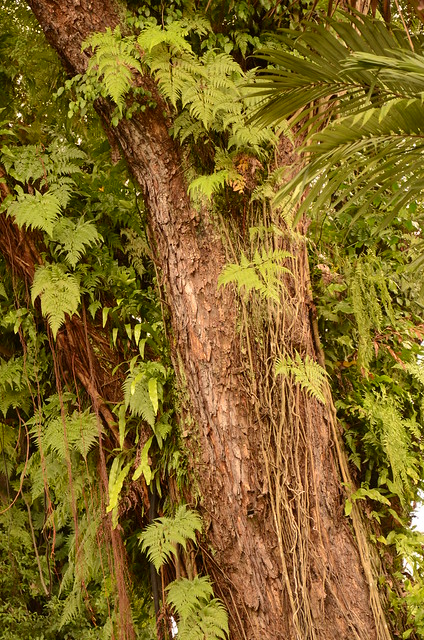
Manually set WB to 9090 Kelvin. The other extreme where D7000 was told to believe that the scene was under clear blue sky with brightest skylight, but it is not in actual.
These are to show how much different the colours under each White Balance setting can be, and how important the WB setting could affect the quality of an image. The result showed that AWB in Nikon D7000 performs much better than those lesser DSLR under shady and cloudy skylight, though user still need to tune its AWB setting slightly for even better result. After all, no single WB preset or AWB of DSLR could adjust colours to exactly what our eyes see in actual, unless we manually adjust Kelvin to achieve the accurate K-number.
Or maybe the actual scene lighting is too dull to your liking and you prefer to set WB to 9000K so to increase the impact of your image? Who knows! In bottom line, it is all up to personal preference and there is always no definitely answer to that… 🙂 – Cecil Lee Photography.
